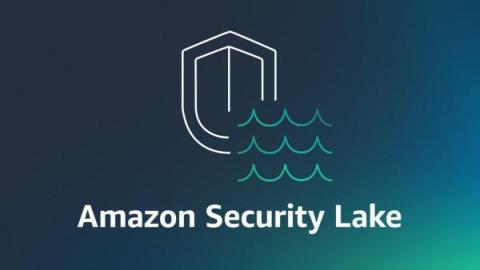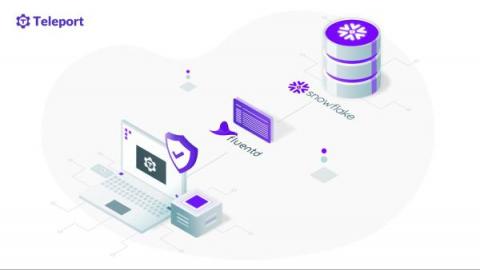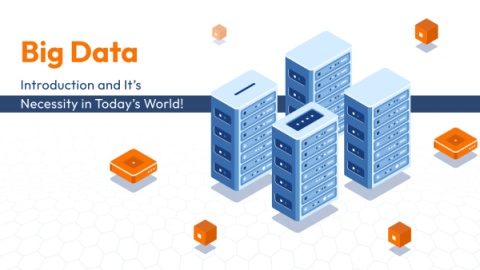Enhanced Data Analysis with Synthetic Datasets
Large data can offer a massive affordable advantage for companies. Scientists, information analysts, marketing professionals, and advertisers rely upon receiving valuable insights from substantial pools of consumer information. When examined correctly, this information can provide valuable insight for organizations that understand how to use it. The regular procedure of gathering and arranging massive datasets can be taxing, as well as resource-intensive.











